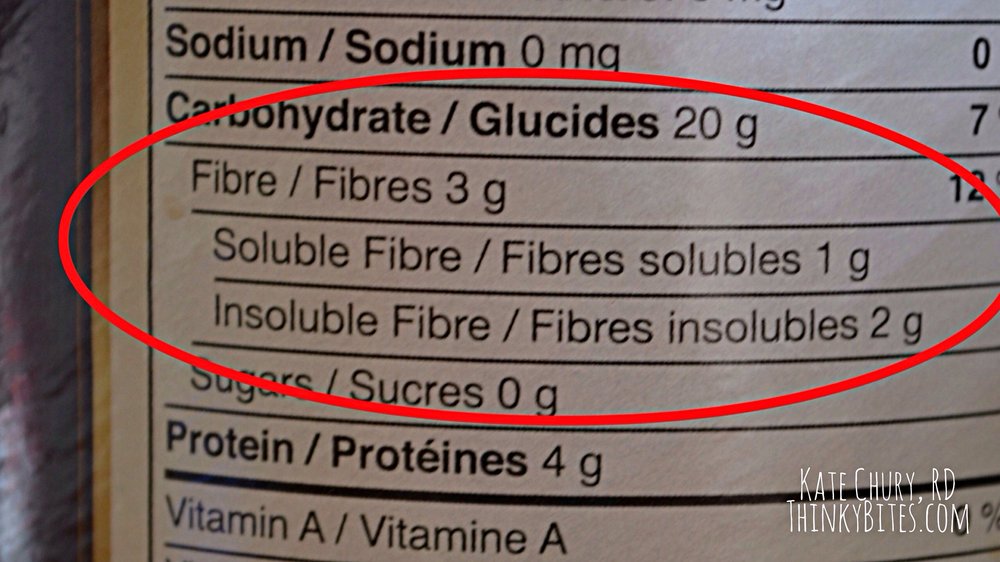We do shipping of our products WORLDWIDE.
ALL OUR PRODUCTS ARE PACKED BY VISUALLY HANDICAPPED
100% NATURAL PLANT SCENT ESSENTIAL OILS

You may have heard that fiber is good for us and that we generally need more of it, but do you really know what it is?
Fiber is a carbohydrate but with an interesting twist. Unlike other carbohydrates such as sugars or starches, fiber does not get digested and absorbed in the traditional sense.
Fibers are long chains of carbohydrates that withstand our body’s digestive process. In other words, they do not get broken up by our digestive enzymes nor do they provide us with any calories, or energy. It is their indigestible nature which provides us with unique health benefits.
What’s more, is that there are two distinct types of fiber, soluble and insoluble which differ in their physical structure and impact on health.
When soluble fiber, found in oats, chia seeds, psyllium husks, legumes, and some fruits, is combined with water it forms a gel-like substance. In the digestive tract, this viscous gel-like substance helps combat diarrhea and has been shown to improve blood sugar control by slowing down the release of glucose into the bloodstream.
Along with its effect on blood sugars, soluble fiber also disrupts the absorption of dietary cholesterol and can improve LDL (or “bad”) cholesterol.
There is also evidence that suggests that soluble fiber plays a role in satiating hunger (or keeping us fuller for longer).
This may explain why a bowl of oatmeal is so filling or “sticks to your ribs”, as they say. Some types of soluble fibers are also broken down and fermented by the beneficial bacteria in our large intestine as a food source, or prebiotic.

Unlike soluble fiber, the insoluble fiber found in many fruits, vegetables, and whole grains does not form a gel in the digestive tract.
Rather, it serves to provide bulk and structure to our stool which benefits our large intestine.
Diets high in insoluble fiber are associated with less constipation, and helpful in the management of diverticular disease and hemorrhoids.
Current dietary recommendations for fiber are 25 grams per day for adult women and 38 grams per day for adult men. Most people eat well under this amount of fiber. While both types of fiber are needed, it’s not generally necessary to keep a daily tally of the amounts of each type of fiber you are eating. You’d probably drive yourself mad doing this.
The good thing is that most sources of fiber do contain a bit of both types but differ in the proportions of each they contain. Some foods contain a higher percentage of soluble fiber while others contain more insoluble fiber.
If you need better blood sugar or cholesterol control, you may benefit from choosing foods with a higher percentage of soluble fiber (like oats or pears), while those with constipation may want to include those with more insoluble fiber (like wheat bran).
For the most part, what’s really important is to focus on total fiber intake and ensure that it meets the recommended amount (25 g for women and 38 g for men).
This can be done by including lots of fruits, vegetables, whole grains, nuts and seeds in your diet each day. When reading the nutrition facts label, look for foods with at least 2 grams of fiber per serving. Those with 4 or more grams of fiber are considered ‘high fiber’ and definitely worth including. If you want a complete list of fiber-containing foods, check here.
Always remember to increase your fiber intake gradually and slowly, always make sure you are drinking enough water. Fibers need fluids, or else you will find yourself in a greater danger of a worse constipation.
While there isn’t a specific recommendation for the number of fluids to be drinking per increment of dietary fiber, you can start with 6-8 cups of fluids per day (water, tea, coffee, soup, etc) and take more if needed (if exercising or in hot, humid weather).
Dietary fiber, the indigestible part of plant material, is made up of two main types. Soluble fiber easily dissolves in water and is broken down into a gel-like substance in the part of the gut known as the colon. Insoluble fiber does not dissolve in water and is left intact as food moves through the gastrointestinal tract.
The term fiber refers to all the parts of plant-based foods that cannot be digested or absorbed by the body. Unlike simple carbohydrates, including most breads and sugars, fiber is a complex carbohydrate and does not raise blood sugar levels.
Fiber is commonly found in vegetables, fruits, whole grains, and legumes. It is also sometimes called roughage or bulk. It is an essential nutrient, which means it must be eaten in the diet.
Recent Comments